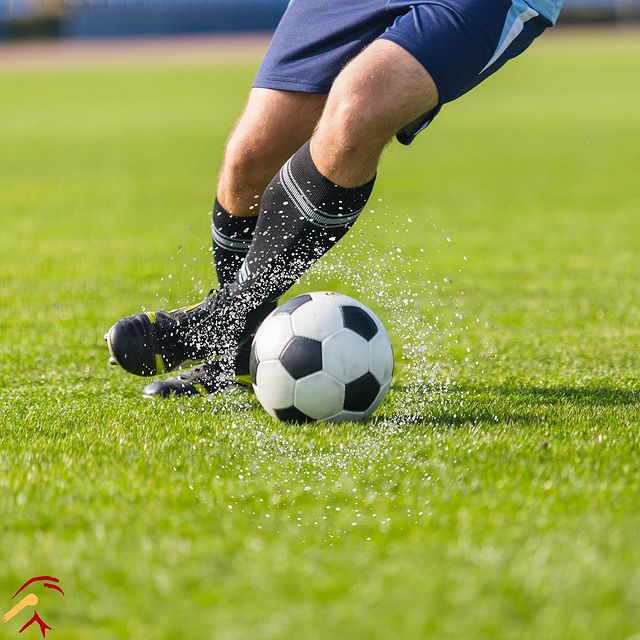Sports injuries are a common occurrence among athletes and active individuals, often leading to various musculoskeletal issues. One such injury that can significantly impact performance and quality of life is a labral tear. Understanding the nature of labral tears, their symptoms, the sports activities that commonly result in such injuries, and the available treatment options is crucial for prevention and effective management.
What is a Labral Tear?
The labrum is a ring of cartilage that surrounds the socket of the shoulder (glenoid) or hip joint. It plays a vital role in stabilizing these ball-and-socket joints by providing a cushion and enhancing the fit of the ball (humeral head or femoral head) into the socket. A labral tear occurs when this cartilage is damaged due to acute trauma or repetitive stress, compromising the stability and function of the joint.
Symptoms of a Labral Tear
Labral tears can manifest through various symptoms, often varying based on the severity and location of the tear. Common signs include:
- Pain: Sharp or deep pain in the shoulder or hip, especially during specific movements.
- Clicking or Popping: Sensation of catching, locking, or grinding in the joint.
- Weakness: Decreased strength and range of motion in the affected joint.
- Instability: Feeling of the joint being loose or about to dislocate.
- Limited Mobility: Difficulty in performing routine activities or specific sports movements.
Sports Injuries Leading to Labral Tears
Several sports activities are associated with a higher risk of labral tears due to the nature of their demands on the shoulder or hip joints:
- Throwing Sports: Baseball, softball, and cricket players, particularly pitchers, are prone to shoulder labral tears due to the repetitive overhead motion.
- Contact Sports: Football, rugby, and hockey players often experience shoulder labral tears from direct blows or falls that impact the shoulder joint.
- Overhead Sports: Tennis, volleyball, and swimming involve repetitive overhead motions that can lead to shoulder labral tears over time.
- High-impact Sports: Sports like skiing, snowboarding, and gymnastics, which involve falls or sudden impacts, can cause hip labral tears.
- Rotational Sports: Golfers and ballet dancers are at risk of hip labral tears due to the twisting motions required in these activities.
Treatment Options for Labral Tears
Treatment for labral tears depends on the severity of the injury and the patient’s activity level and goals. Options include both conservative management and treatment, as well as surgical options.
Conservative management of labral tears involves several approaches aimed at reducing pain and improving joint function. Rest is crucial, as avoiding activities that exacerbate the pain allows the injured area to heal. Physical therapy plays a significant role in strengthening and stabilizing the muscles around the joint, which helps improve function and reduce pain. Medications, particularly anti-inflammatory drugs, are used to manage pain and swelling effectively. Additionally, corticosteroid injections can provide temporary relief from pain and inflammation, offering further support in the healing process.
Surgical intervention for labral tears typically involves arthroscopy, a minimally invasive procedure where a camera and specialized instruments are used to repair or remove the damaged portion of the labrum. This method is often recommended for severe tears or when conservative treatments fail to provide relief. Specific procedures include labral repair, which involves suturing the torn labrum back to the bone, and labral debridement, where frayed or damaged parts of the labrum are removed.
Labral tears are a significant concern for athletes and active individuals, potentially impacting performance and quality of life. Whether through conservative management or surgical intervention, addressing labral tears promptly can help restore function and prevent long-term complications. At Steven Struhl, MD – Shoulders & Knees, we are committed to providing comprehensive care for sports-related injuries, helping you get back to your active lifestyle with confidence and strength. Call our NYC office if you need treatment for a labral tear.




